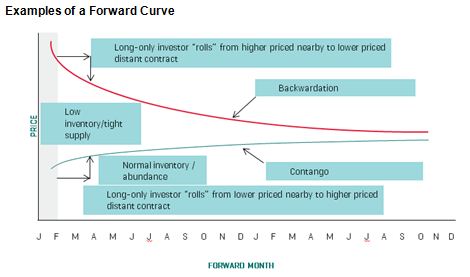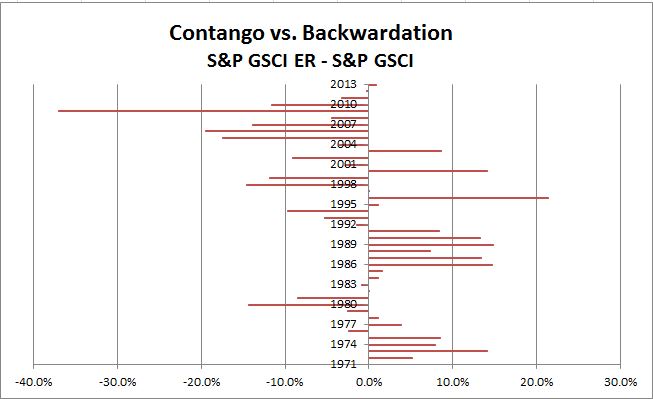Yesterday’s release of the December 17-18 2013 FOMC minutes by the Fed revealed concerns about the side effects of the quantitative easing. While these don’t suggest an accelerated end to the Fed’s bond buying – the popular guess is still that it winds down by year end – members of the Fed’s key policy-making group do have some concerns.
First is the thought that the current rock bottom interest rates may encourage financial risk taking and bubbles. This has been widely discussed outside the Fed so its mention is not much of a surprise. In fact, one of the goals of QE 1-2-3 was to encourage more risk-taking to boost asset prices and begin restoring wealth that vanished in the financial crisis. However, the FOMC discussion adds an interesting observation: the asset buying, unlike targeting the Fed funds rate, not only keeps short term rates close to the zero lower bound, it also affects the spreads among different maturities. While the Fed has long experience with managing the Fed funds rate, the only previous sustained effort to shift the spreads between different maturities of treasuries was back in the 1960s in a very different market. Some FOMC members are apparently worried that there might be unexpected or unwanted results as the spreads narrow.
While QE does affect the spreads, the Fed’s forward guidance – forecasting what it expects to do – has a larger effect on spreads between treasury maturities than QE. Once the central bank announces that short term rates will be very low for another two years, the spread between one and two years treasuries will shrink to those very low short term rates. Either way, altering the differences among short, intermediate and long term treasury bonds is a new and novel policy tool for the Fed.
The discussion of QE also mentions impacts on the Fed’s profit position. “Profit” should be in quotes. When the Fed earns a profit, the proceeds go directly to the treasury. Moreover, since its principle source of income is interest on US treasury securities, the central bank is, in effect, reimbursing the Treasury. The concern is more likely about appearances than actual profits and losses. Currently the Fed is holding a lot of treasury and mortgage securities; when interest rates rise the prices of these bonds will drop and the Fed will book a capital loss. In addition, the Fed pays interest on the reserves banks keep at the Fed. How would things look if the Fed were paying banks interest while it was losing money? The small, dedicated and vocal group that wants to do away with the Fed might seize on such an event and create havoc in the financial markets.
No rush to end quantitative easing is likely. Even with these concerns, the FOMC expects to reduce the pace of QE gradually over future meetings. In fact the only dissenting vote argued that the Fed should wait awhile longer before cutting back on quantitative easing.
The posts on this blog are opinions, not advice. Please read our Disclaimers.














































